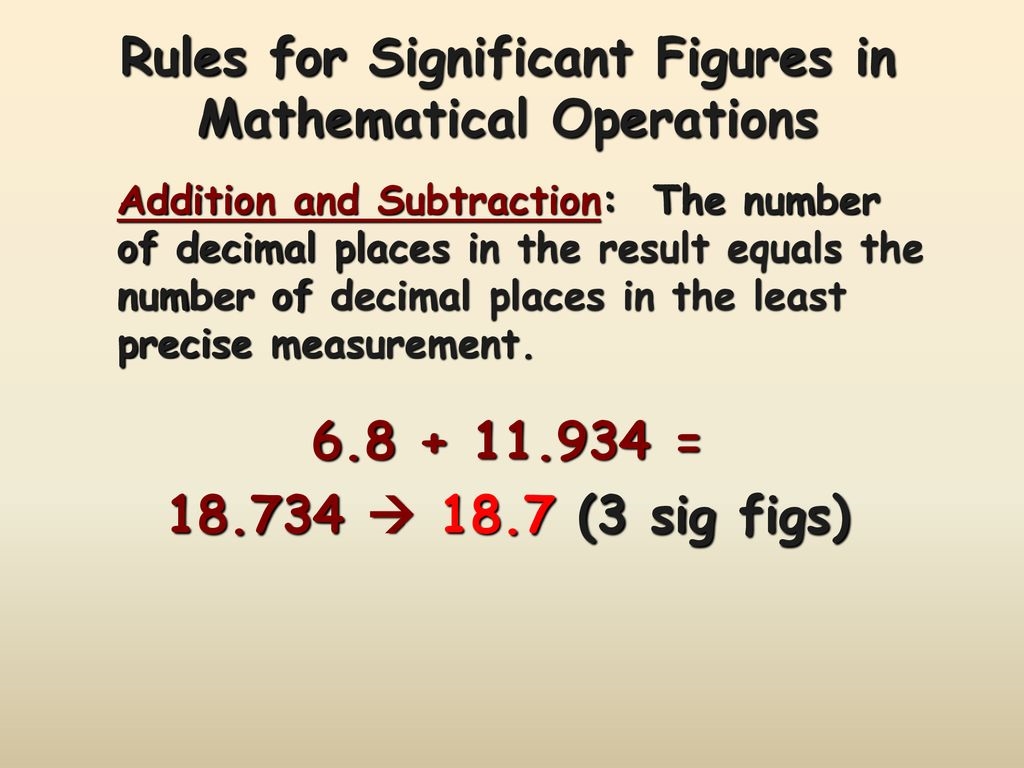Understanding the Dow Jones Industrial Average (DJIA)
The Dow Jones Industrial Average (DJIA) is one of the most widely recognized stock market indexes in the world. It serves as a barometer for the overall health and performance of the US stock market. In this article, we will dive deep into the significance of the DJIA and explain how it is calculated.
What is the DJIA?
The DJIA is a price-weighted index that tracks the performance of 30 large, publicly traded companies listed on US stock exchanges. These companies span various industries, including technology, finance, healthcare, and manufacturing. Some well-known companies in the DJIA include Apple, Microsoft, and Boeing.
The primary purpose of the DJIA is to provide investors and market participants with a snapshot of how the stock market is performing on a daily basis. Is the market bullish or bearish? Are investors optimistic or pessimistic? The DJIA helps answer these questions.
How is the DJIA calculated?
The DJIA is calculated using a straightforward formula. It is a price-weighted index, which means that the stocks with higher prices have a greater impact on the index’s value. The formula is as follows:
DJIA = (Stock Price 1 + Stock Price 2 + … + Stock Price 30) / Divisor
The divisor is a predetermined number that adjusts for stock splits, dividends, and other corporate actions to ensure the index’s continuity over time. By dividing the total value of the 30 stocks by the divisor, we arrive at the current value of the DJIA.
Why is the DJIA important?
The DJIA serves as a benchmark for the performance of the broader stock market. It is often cited in financial news headlines and used by investors to gauge overall market trends. When the DJIA experiences significant changes, it can have a ripple effect on investor sentiment and trading activities.
Moreover, the DJIA is often associated with the concept of market highs and market lows. When the index reaches new all-time highs, it is a sign of a strong and robust stock market. Conversely, when the index drops significantly, it may indicate a downturn in the market and create concerns among investors.
Conclusion
The Dow Jones Industrial Average (DJIA) is a vital tool for investors and market participants to understand the overall health and direction of the US stock market. With its diverse portfolio of 30 large companies and its simple calculation methodology, the DJIA offers valuable insights into market trends and investor sentiment. By monitoring the DJIA, investors can make informed decisions and stay updated on the latest market developments.
To summarize, the DJIA is not just another number; it is an essential indicator that shapes the investment landscape and influences the decisions of traders worldwide.
Analyzing the Yahoo DJIA Chart: Key Components and Indicators
When it comes to analyzing the stock market, you can’t overlook the importance of charts. Charts provide valuable insights into the performance and trends of different stocks or indices. One such chart that investors often turn to is the Yahoo DJIA chart.
What is the Yahoo DJIA Chart?
The Yahoo DJIA chart is a visual representation of the performance of the Dow Jones Industrial Average (DJIA), one of the most widely recognized stock market indices in the world. It consists of 30 large, publicly traded companies that are considered to be leaders in their respective industries.
Key Components
To effectively analyze the Yahoo DJIA chart, you need to understand its key components. These components provide valuable insights into the overall performance of the index and its constituent stocks.
1. Stock Price Movements
The chart displays the price movements of the 30 stocks that make up the DJIA. By analyzing the trends and patterns in these price movements, investors can make informed decisions about buying or selling specific stocks.
2. Volume
The volume component of the chart represents the total number of shares traded for each stock on a given day. High volume often indicates increased investor interest and can signal significant price movements.
3. Moving Averages
Moving averages are calculated by taking the average price of a stock or the index over a specific period. They help smooth out short-term fluctuations and provide a clearer picture of the stock’s overall trend.
Key Indicators
In addition to the key components, there are several important indicators that can be derived from the Yahoo DJIA chart:
1. Support and Resistance Levels
Support levels are price levels where the stock or index has historically had difficulty falling below, while resistance levels are price levels where it has struggled to rise above. Identifying these levels can help investors determine potential entry and exit points.
2. Trend Lines
Trend lines are lines drawn on the chart that connect the peaks or troughs of price movements. They help identify the direction of the overall trend and can be used to make predictions about future price movements.
3. Oscillators
Oscillators, such as the relative strength index (RSI) or moving average convergence divergence (MACD), are technical indicators that help identify overbought or oversold conditions in a stock or index. They can provide valuable insights into potential reversals in the market.
Conclusion
The Yahoo DJIA chart is a valuable tool for investors looking to analyze the performance of the Dow Jones Industrial Average. By understanding its key components and indicators, investors can make more informed decisions about their investment strategies. Whether you are a seasoned investor or just starting out, keeping a close eye on the Yahoo DJIA chart can help you stay ahead in the stock market.

Unraveling the Secrets Behind the Movements of the DJIA
Are you curious about how the Dow Jones Industrial Average (DJIA) moves? Do you want to gain insights into the secrets behind its fluctuations and trends? Look no further, because we are here to provide you with a comprehensive understanding of the factors influencing the DJIA’s movements.
Understanding the DJIA
The Dow Jones Industrial Average, often referred to as the DJIA or simply the Dow, is a stock market index that represents the performance of 30 large, publicly traded companies listed on stock exchanges in the United States. It is one of the most widely followed and recognized stock market indices globally.
Factors Influencing DJIA Movements
1. Macroeconomic Factors:
The DJIA is greatly impacted by macroeconomic indicators such as gross domestic product (GDP), inflation rates, interest rates, and unemployment rates. Positive economic data usually leads to an increase in the DJIA, while negative data can cause a decline.
2. Company Earnings:
The financial performance of the 30 companies included in the DJIA plays a significant role in its movements. If a majority of these companies report strong earnings and revenue growth, the DJIA tends to rise. Conversely, disappointing earnings reports can lead to a decline.
3. Investor Sentiment:
The DJIA is also influenced by investor sentiment and market psychology. Positive market sentiment, driven by factors such as increased consumer confidence or political stability, can drive the index higher. Negative sentiment, driven by factors like geopolitical tensions or economic uncertainty, can lead to a decline.
4. Geopolitical Events:
Geopolitical events, such as trade disputes, political instability, or natural disasters, can have a significant impact on the DJIA. Uncertainty caused by these events can lead to increased volatility and sudden fluctuations in the index.
Analyzing DJIA Trends
1. Technical Analysis:
Traders and investors often analyze historical price charts, patterns, and indicators to predict future DJIA movements. Technical analysis helps identify trends, support and resistance levels, and potential price targets.
2. Fundamental Analysis:
Fundamental analysis involves evaluating the financial health, management, and competitive position of the companies included in the DJIA. By analyzing factors such as earnings, revenue, and market share, investors can assess the long-term potential of these companies and make informed investment decisions.
Conclusion
The movements of the DJIA are influenced by a multitude of factors, including macroeconomic indicators, company earnings, investor sentiment, and geopolitical events. By understanding these influences and utilizing tools such as technical and fundamental analysis, investors can gain insights and make informed decisions based on the performance of this iconic stock market index.
Stay tuned to our future articles where we will continue to unravel the secrets and provide valuable insights into the movements of the DJIA.

